You may have heard of the recent U.S. Department of Justice (DOJ) criminal case in New York against three cryptocurrency traders, one a former Coinbase employee, for insider trading of crypto tokens. While the DOJ has made similar charges in the past (regarding NFT insider trading), this new case is accompanied by a parallel SEC civil action in Seattle against the same defendants for securities insider trading. Among other things, this case provides an update to the SEC’s thinking on the question: when is a crypto asset a security?
(Standard Disclaimer: we’re lawyers, but this isn’t legal advice. Unless you’ve signed an engagement letter with us, we don’t represent you. If you’d like us to represent you, please contact us through this website.)
Unlike the DOJ cases (which are technically for “wire fraud”), the SEC case specifically alleges that the defendants committed insider trading in securities under Exchange Act § 10(b). To support this, the SEC provides a detailed analysis (starting at page 21 of the Complaint) of nine crypto assets (AMP, RLY, DDX, XYO, RGT, LCX, POWR, DFX, KROM) traded by the defendants, and claims that they are all securities.
The SEC Complaint (the “Complaint”) is not law, but it does mean that crypto assets similar to those in the Complaint would also likely be regarded by the SEC as securities; and thus, the potential subject of a legal or regulatory action. The Complaint also provides insight as to the types of activities that can be used against crypto issuers or other parties in a case.
A quick side note: as you may know, in U.S. law, the analysis of a potential security is centered around the Howey test (after the case that originated it, SEC v. W. J. Howey Co.). Under the Howey test, an asset is a security if it is (1) an investment of money, (2) in a common enterprise, (3) with a reasonable expectation of profit, (4) solely from the efforts of others. Many crypto assets satisfy the first two factors, so securities analysis often centers around factors 3 and 4. In the Complaint, the SEC alleged that all nine securities satisfy the Howey test.
On the “expectation of profits” factor, the SEC focuses heavily on public statements by crypto issuers. It includes a number of quotes from white papers, project websites, blogs, and similar materials, including phrases like “appreciates in value,” “guaranteeing the protocol’s future,” and “create a healthier token economy” as indicating an expectation of profits. Project backers arranging for a token to be traded on secondary markets, or even simply noting secondary markets the token can be traded on, are cited as relevant to this factor. “Rewards” from staking tokens are listed as promoting the expectation of profits, as well as tokenomics factors that increase liquidity or reduce the supply.
On the “efforts of others” factor, one common thread is promotional material that emphasizes the development team or founders. Phrases such as “we created,” “we built,” and “we take our responsibility seriously” are all cited. Material promoting personnel developments (such as announcing the experience of new hires) or emphasizing project leaderships’ credentials is cited. Project roadmaps and development plans are considered evidence that the public could depend on the “efforts of others” (the development team). The Complaint frequently cites to materials noting recent improvements made by the development team as evidence of this factor.
As an additional point, on the “efforts of others” factor, the SEC examines a DAO in the context of the RLY token. Setting up a DAO is a frequently-employed strategy to negate the “efforts of others” factor, based on a previous statement by SEC leadership suggesting that a sufficiently decentralized organization might not trigger the factor. In the case of RLY, the SEC claims that notwithstanding any supposed decision-making by the DAO, RLY is in fact centralized, as indicated by project statements highlighting its personnel and leadership, as well as statements indicating that much of the decision-making is in fact centralized. The SEC also points out a number of other tokens where the governance rights of token holders are only partial, with project leadership maintaining substantial authority. This suggests that in cases where a DAO is used as a “fig leaf” to negate the “efforts of others” factor, the SEC may scrutinize the actual control retained by the project team, even if the DAO is theoretically in charge.
(Cover photo by Sasun Bughdaryan at Unsplash)


